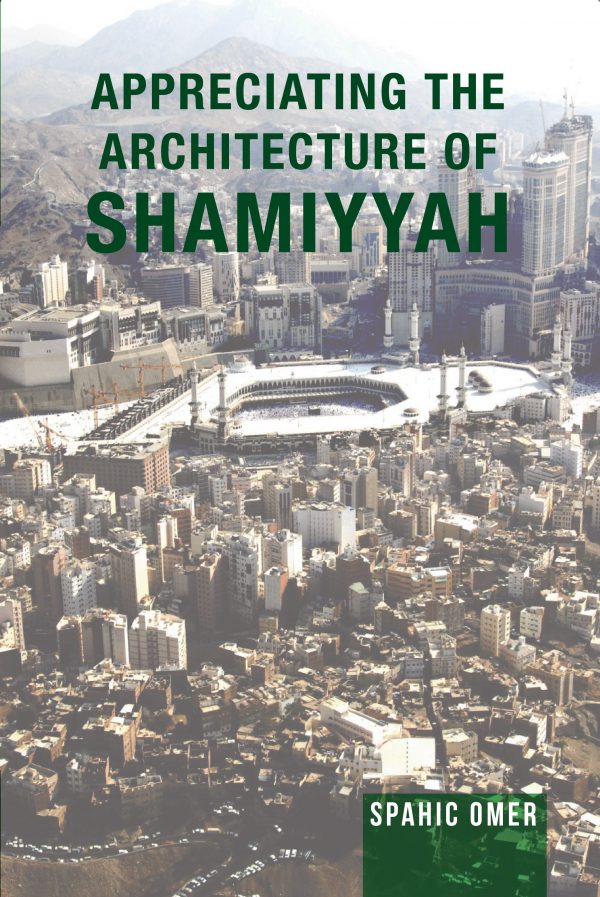Appreciating The Architecture of Shamiyyah
Author: Spahic Omer
Publisher: Dar Al-Wahi
ISBN: 9789670729336
Pages:
Year: 2019
Weight:
Price: RM85
This book provides a comprehensive framework for appreciating the architecture of Shamiyyah, one of the Makkah neighborhoods pulled down to make way for the latest expansion of al-Masjid al-Haram (the Holy Mosque).
The objectives of the book are as follows:
To investigate the architectural, artistic, social and religious significance of the architecture of Shamiyyah;
To accentuate the importance, as well as sensitivity, of the relationship between tradition and modernity in the Islamic architectural dialectic;
To demonstrate a need for better understanding and appreciation of Islamic traditional (vernacular) architecture in Saudi Arabia, in particular, which, in turn, could lead to more serious efforts to preserve, revive and “modernize” it.
The book is divided into five chapters. In the first chapter, the relationship between tradition and modernity in Islamic architecture in general is discussed.
In the second chapter, lessons from the pre-Saudi expansions of al-Masjid al-Haram are examined.
The third chapter delves into the Saudi expansions of al-Masjid al-Haram and what impact such projects had on the holy city of Makkah. Special attention is given to the latest expansion as a result of which the Shamiyyah neighborhood had to be completely demolished.
The fourth chapter, which signifies the backbone of the book, investigates the theme of the language of the Shamiyyah architecture. The main issues discussed therein are: the context, building materials and sustainability, architecture and social sustainability, doors and doorways, roofs and parapets, interiors and organization of their spaces, arches and pillars, decoration, the question of origins, calligraphy, windows and mashrabiyyahs (rawashin), and the spiritual importance of decoration in the Shamiyyah buildings.
Finally, in the fifth chapter, the origins and significance of the mashrabiyyahs (rawashin) of Shamiyyah, as the neighborhood’s architectural trademark, are analyzed.








